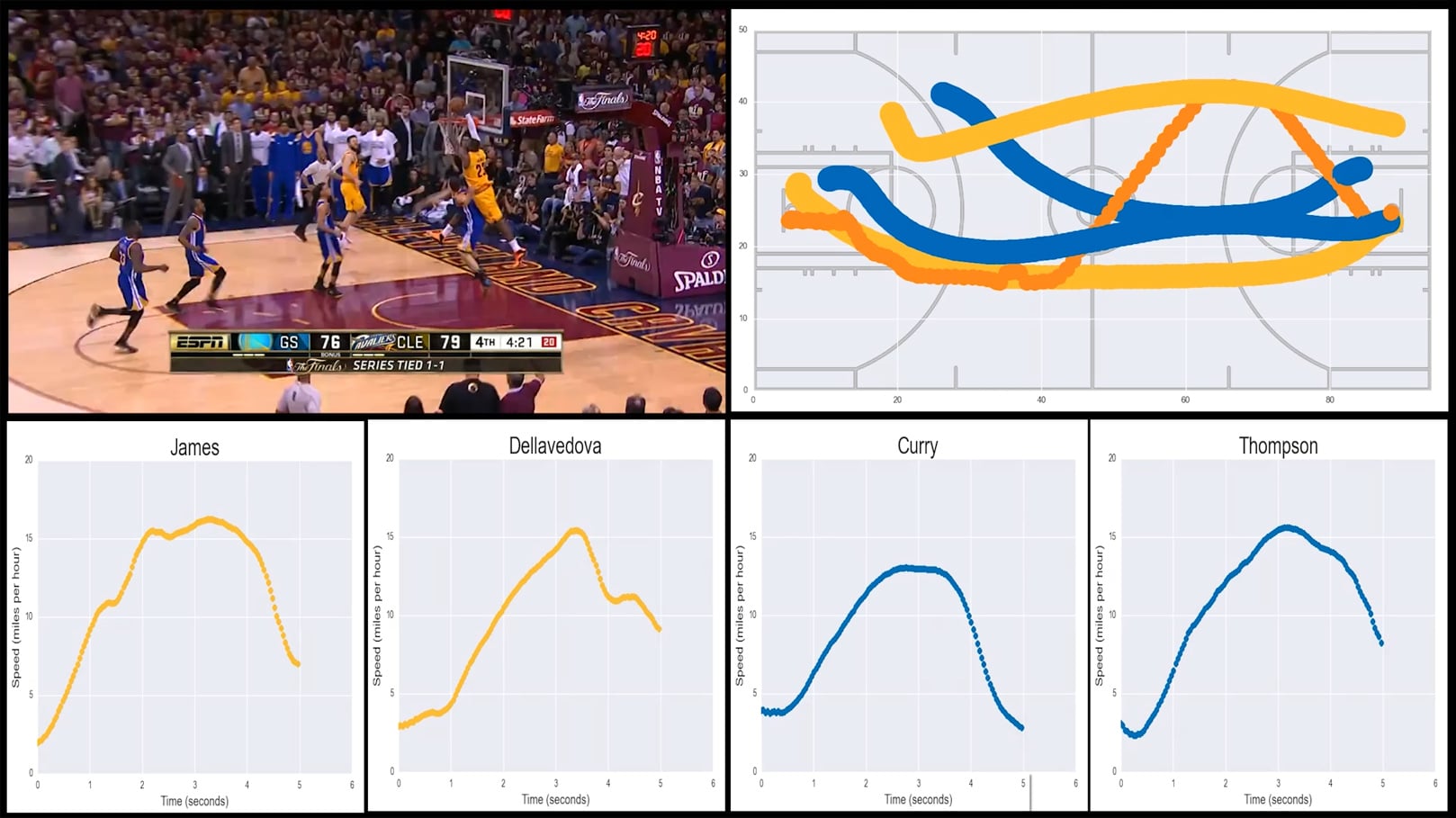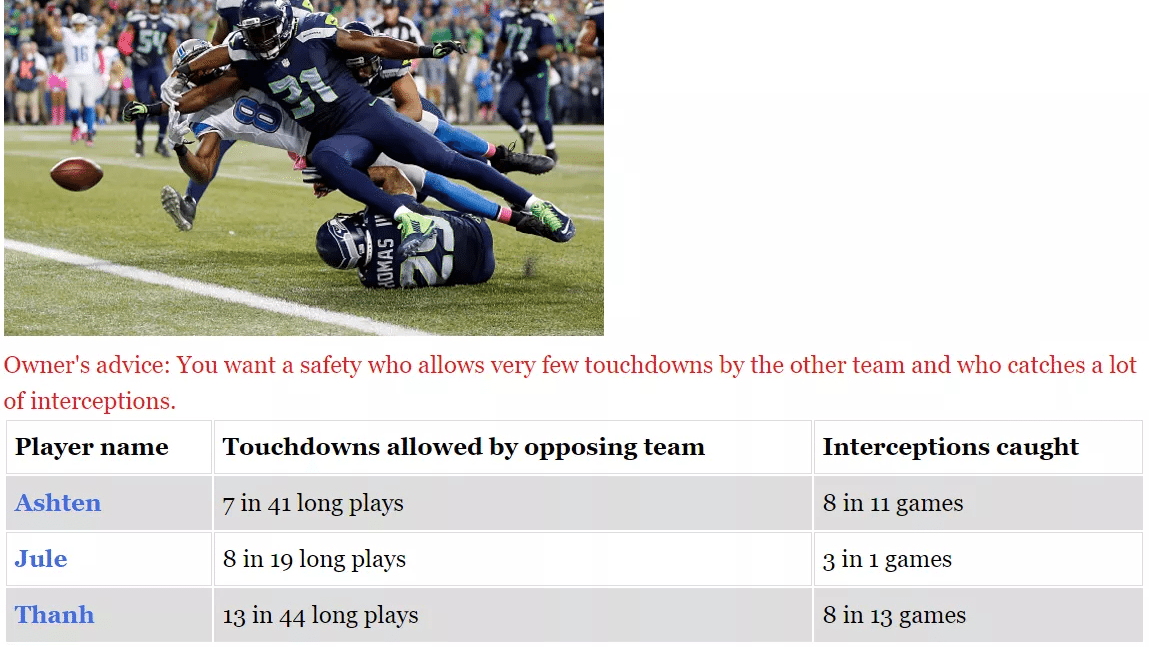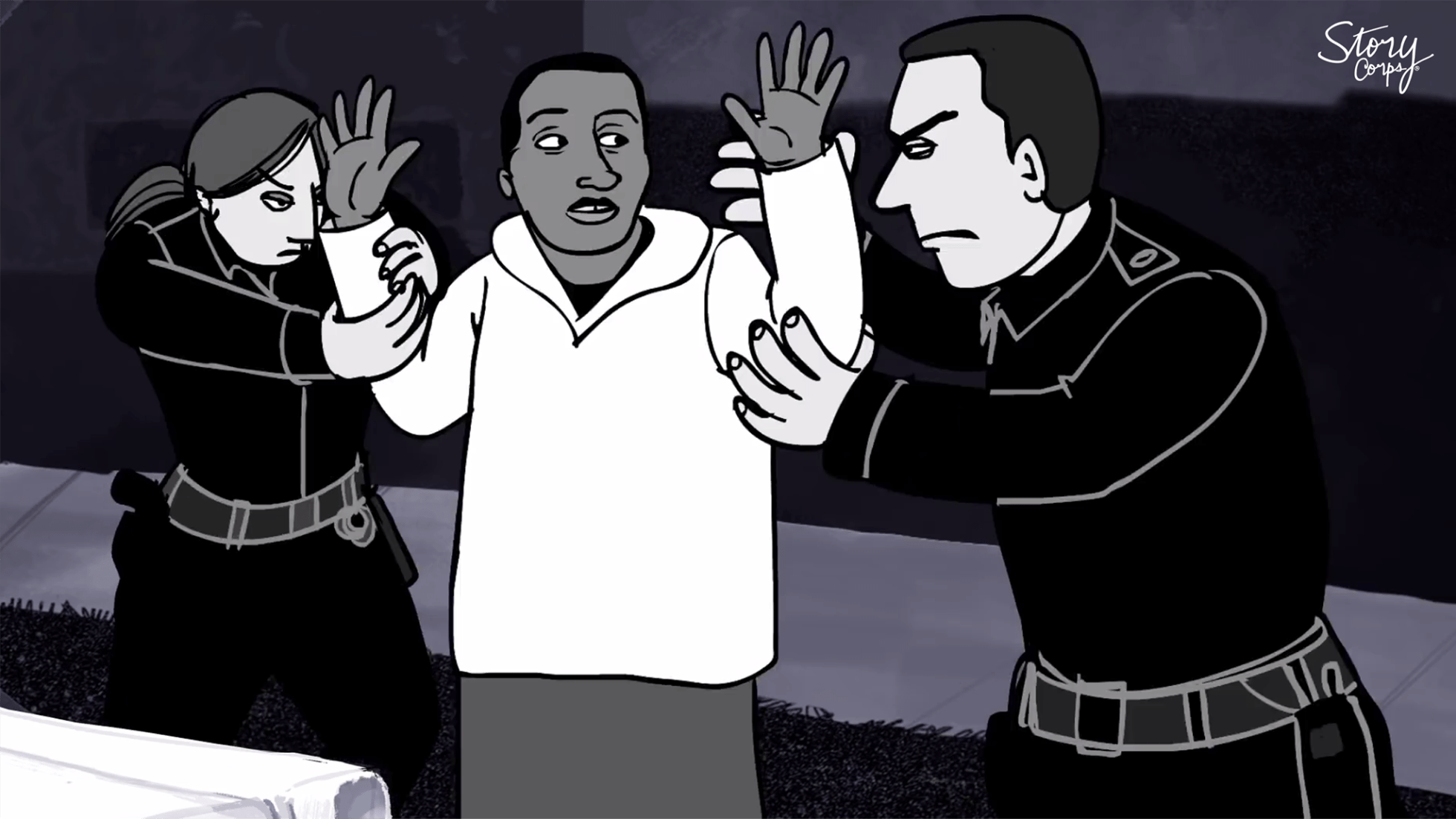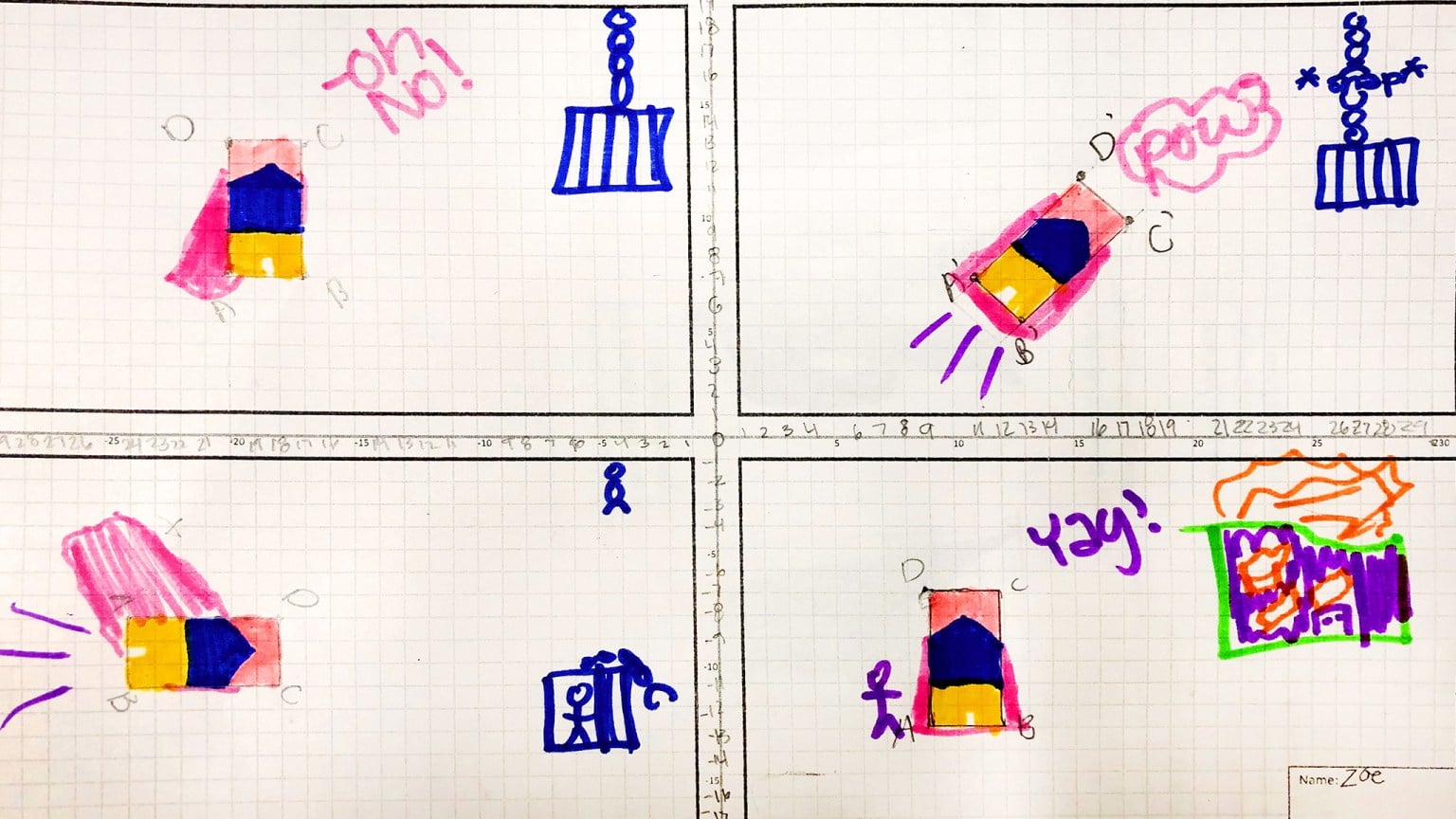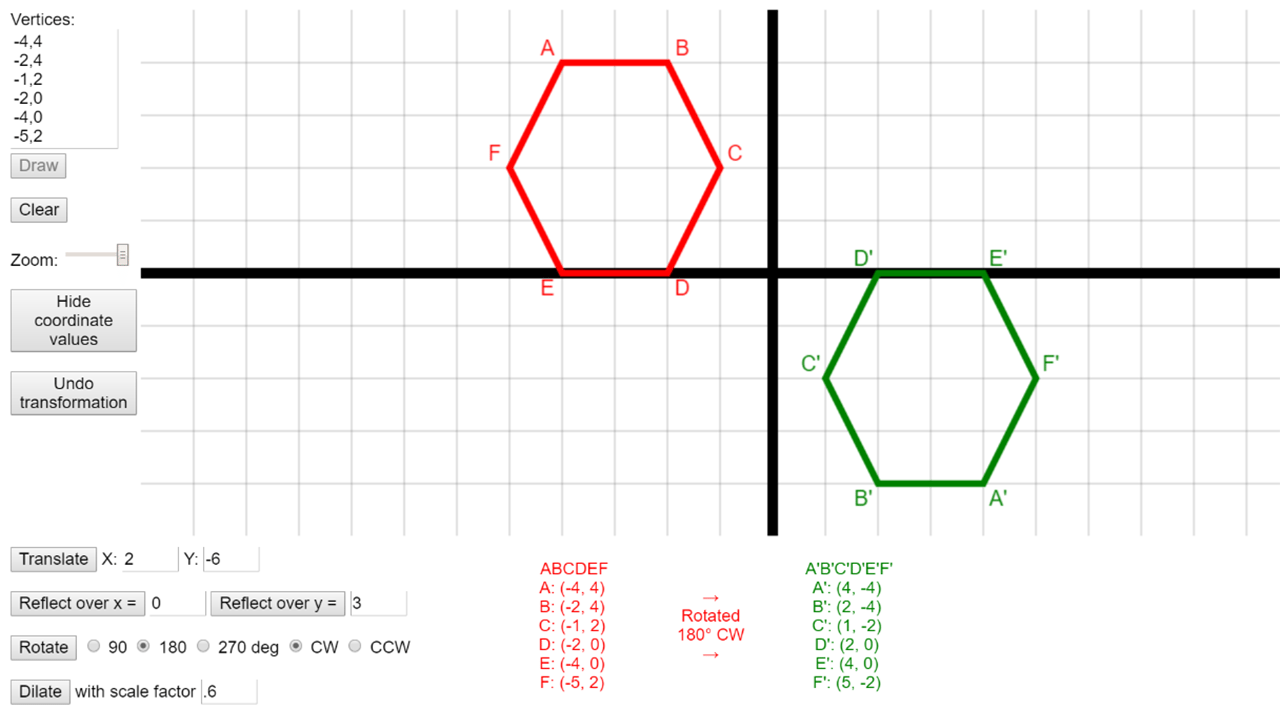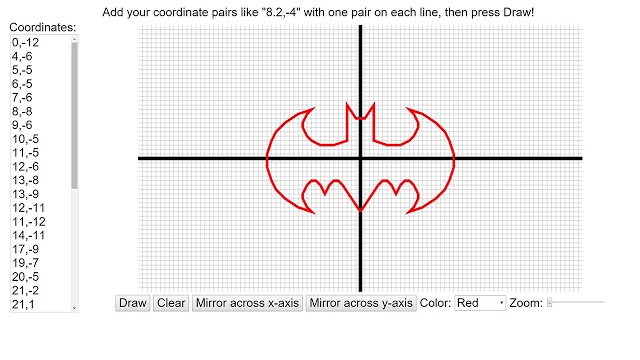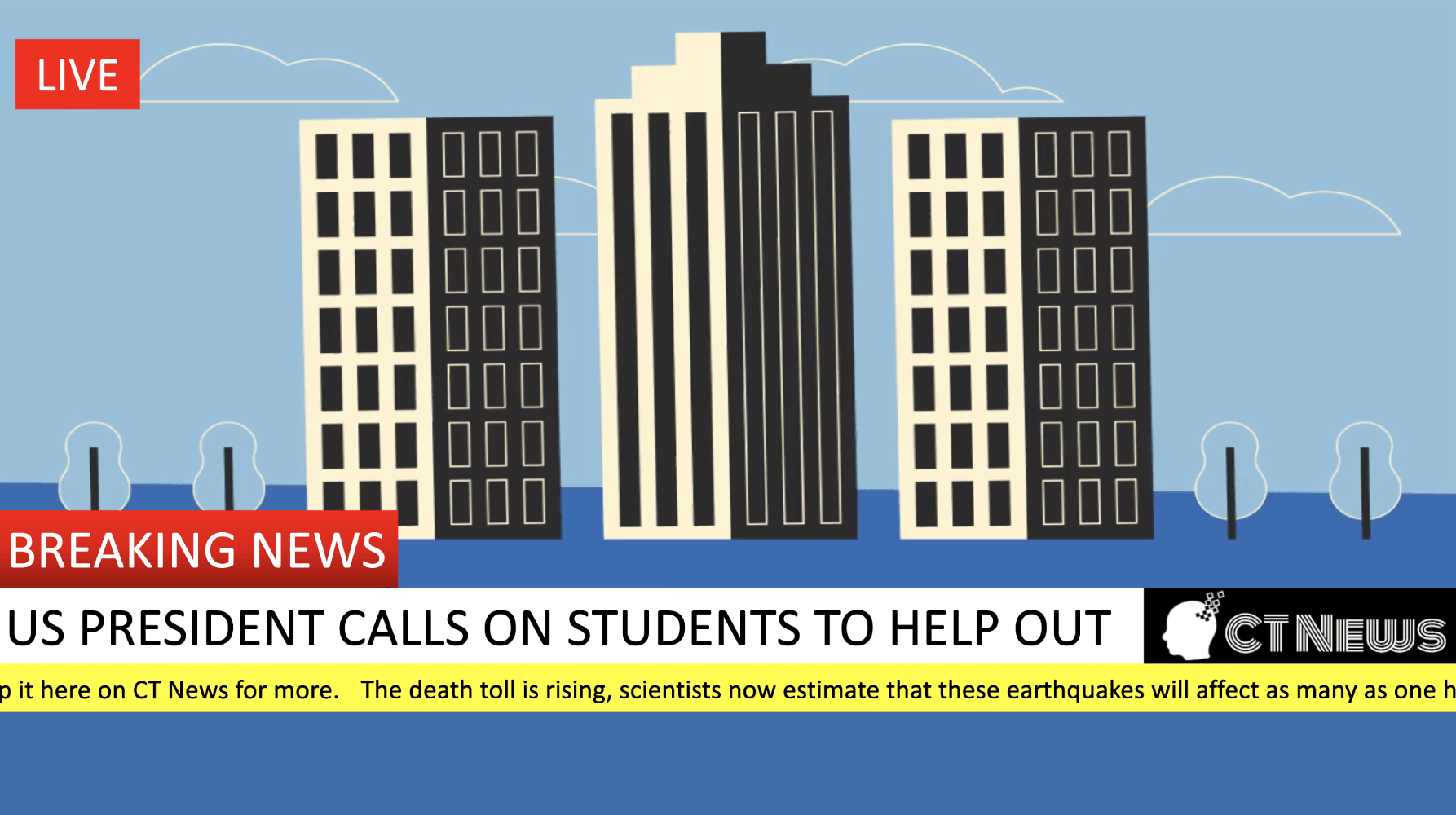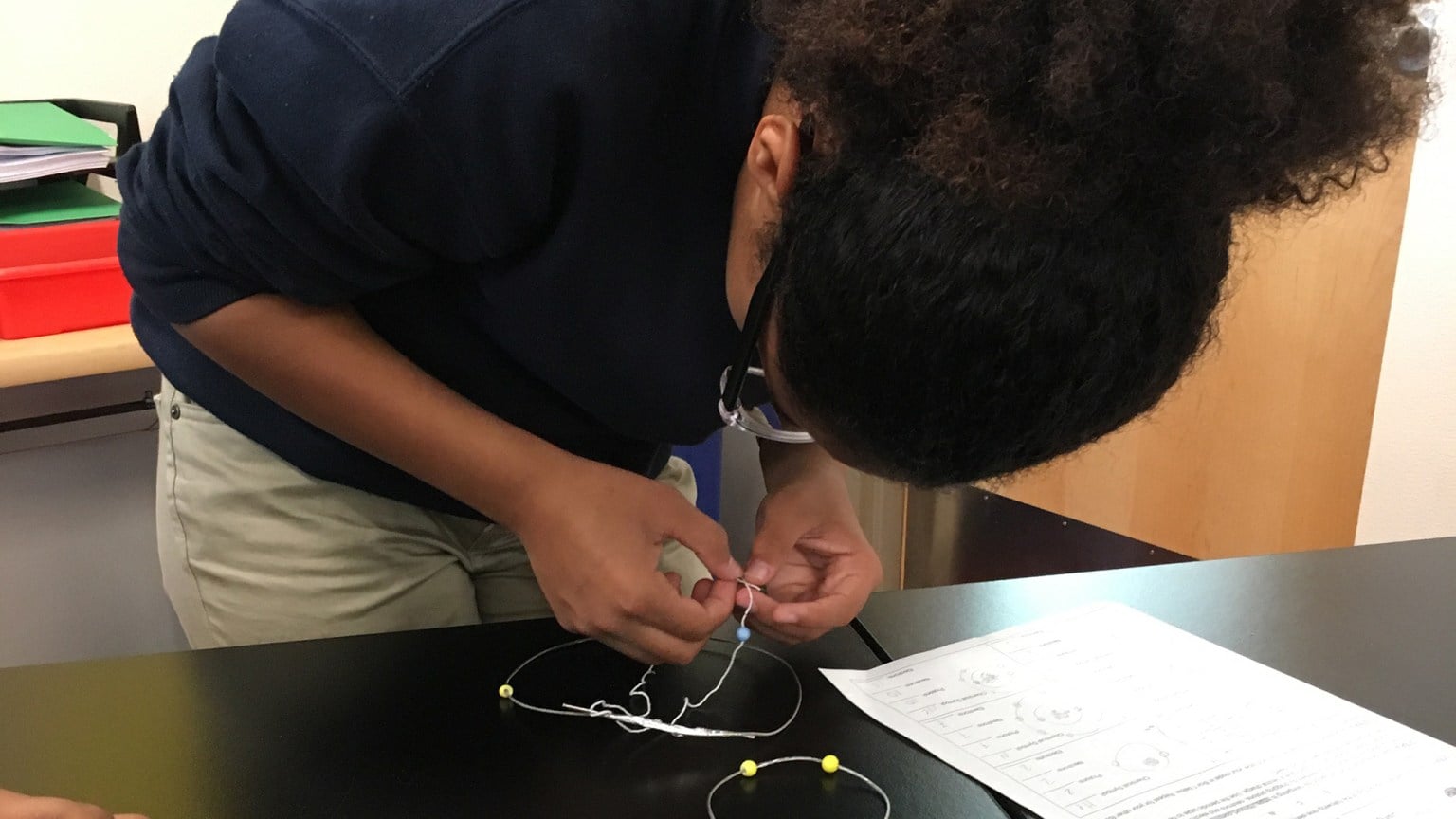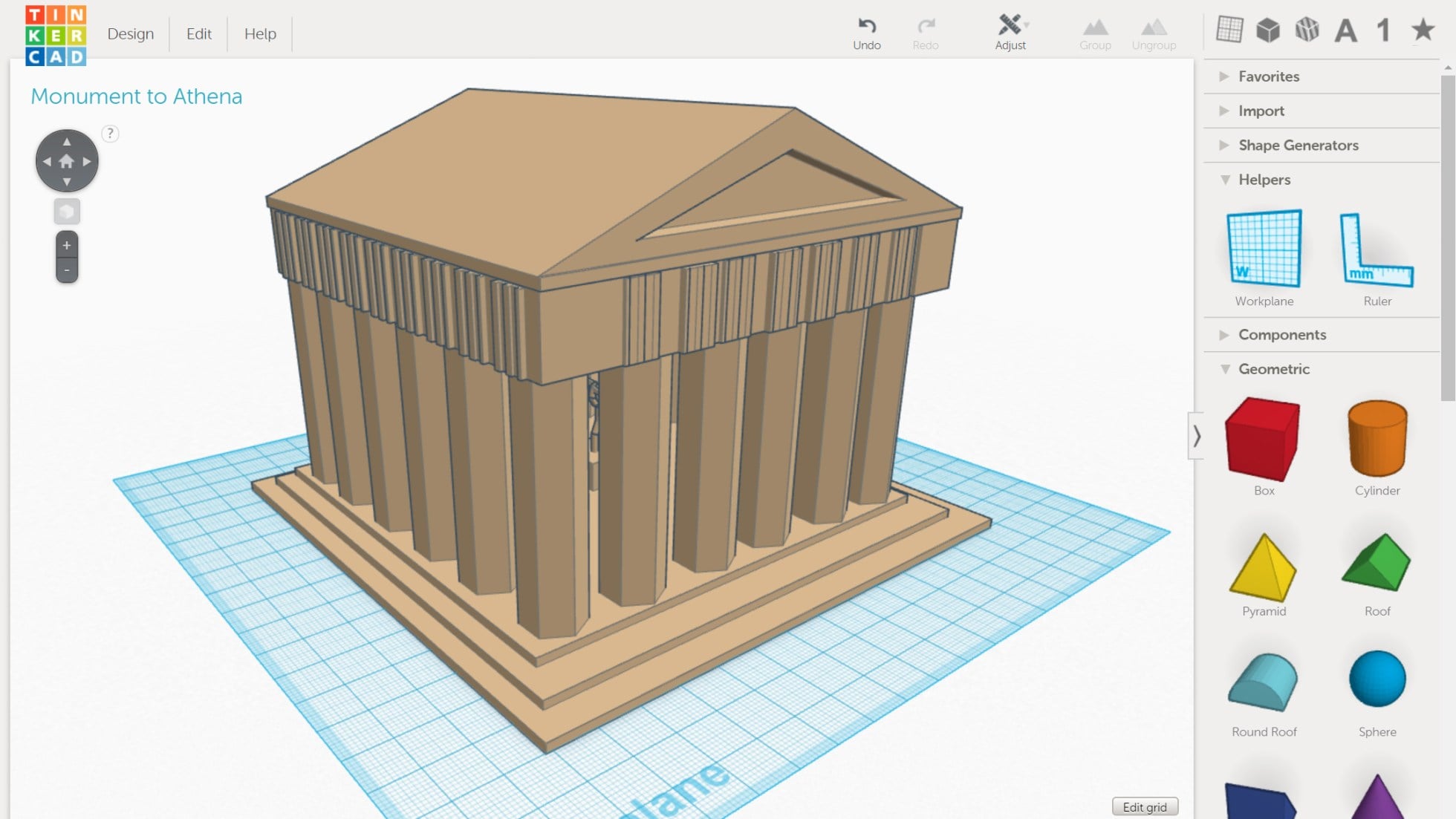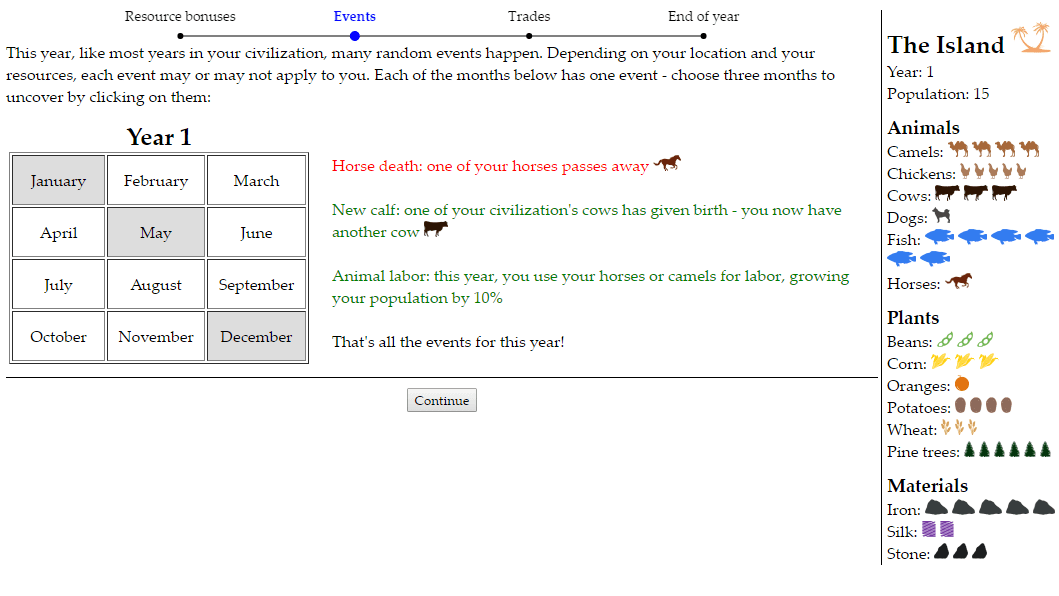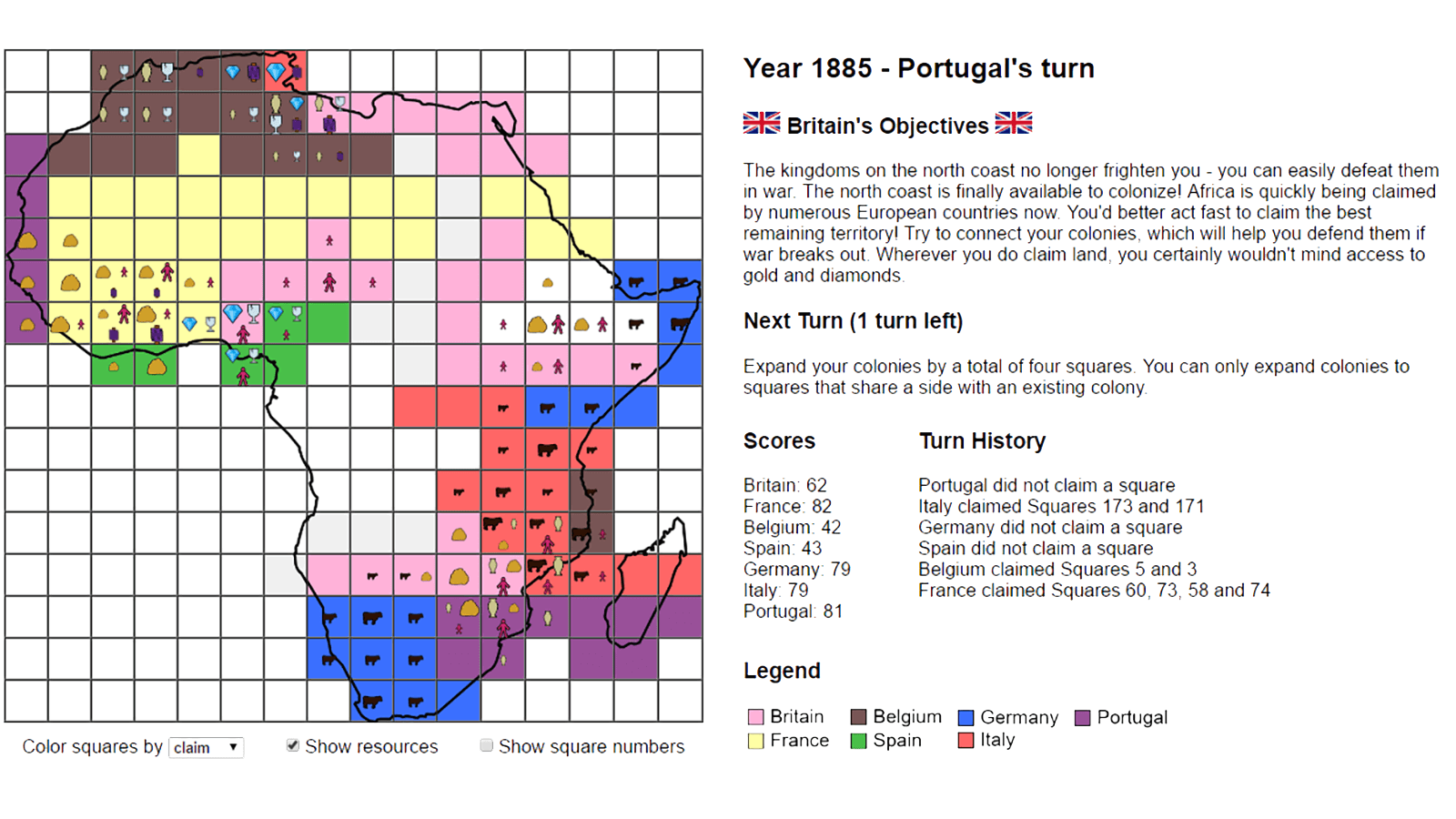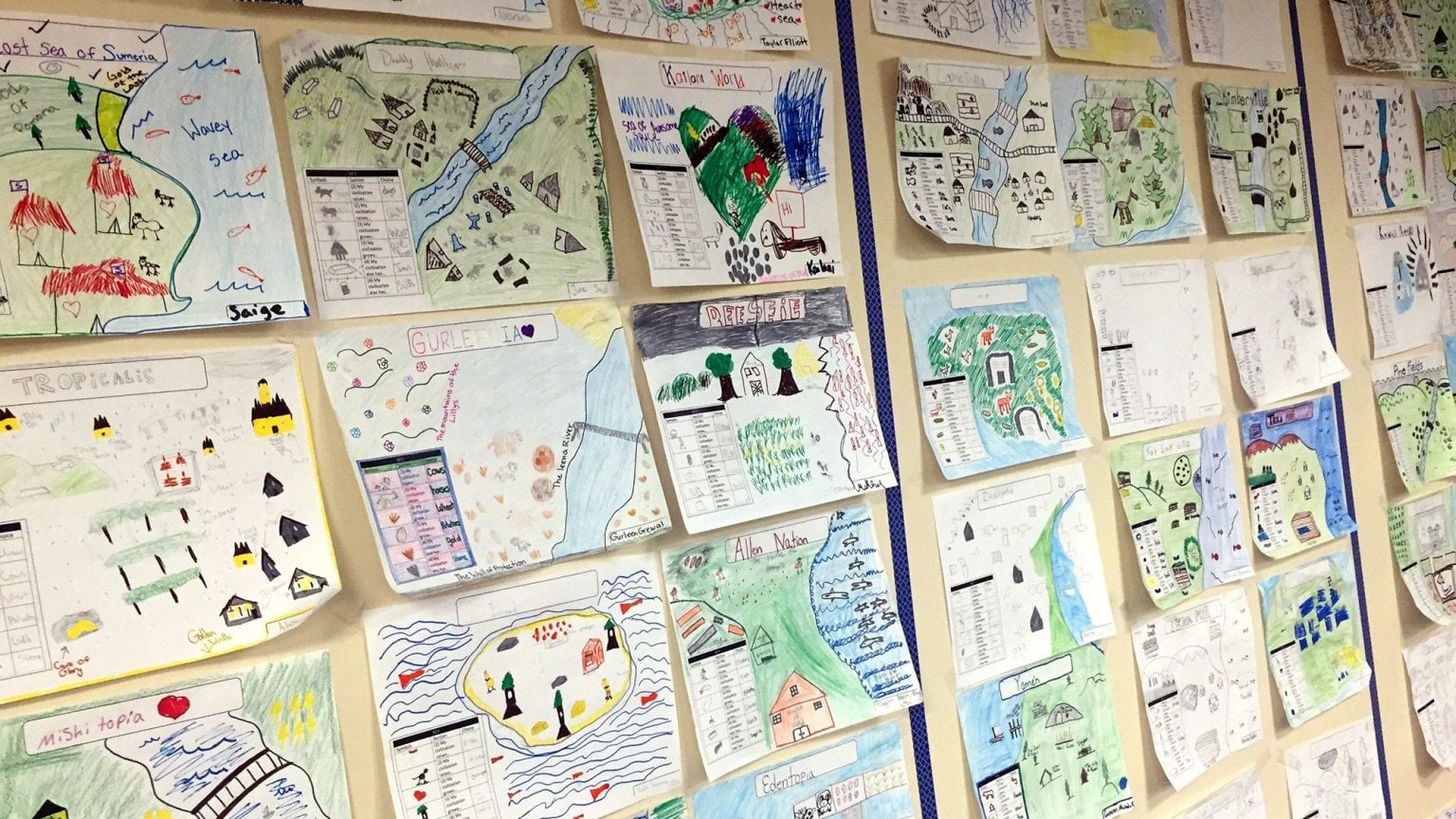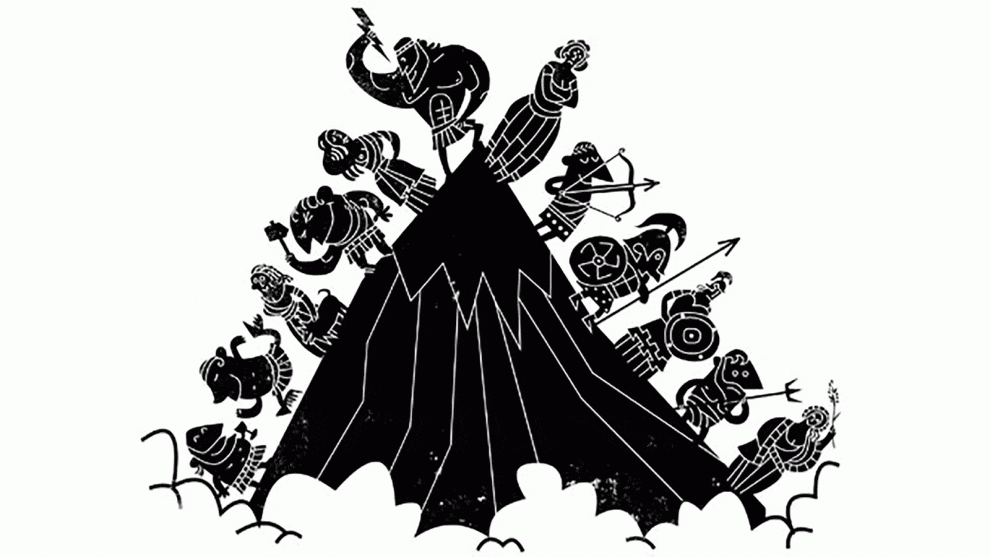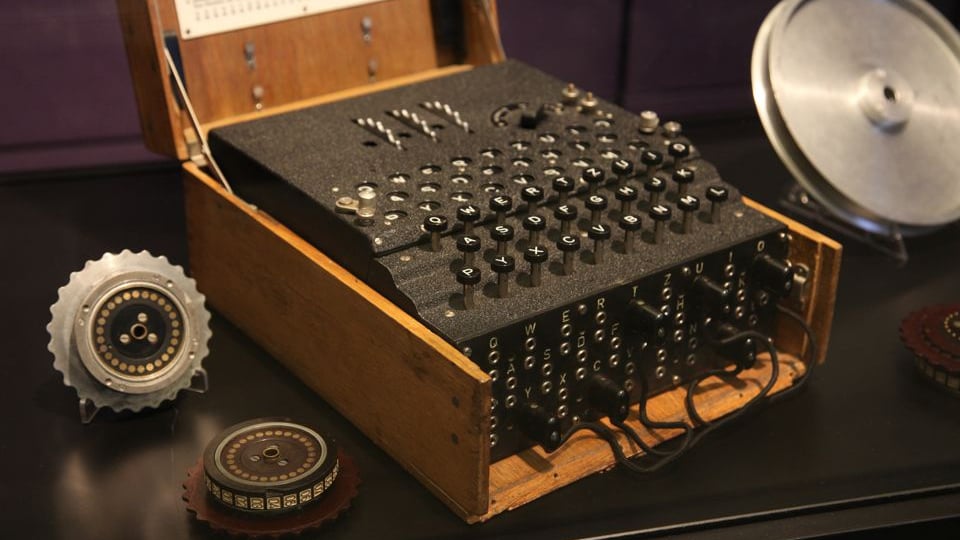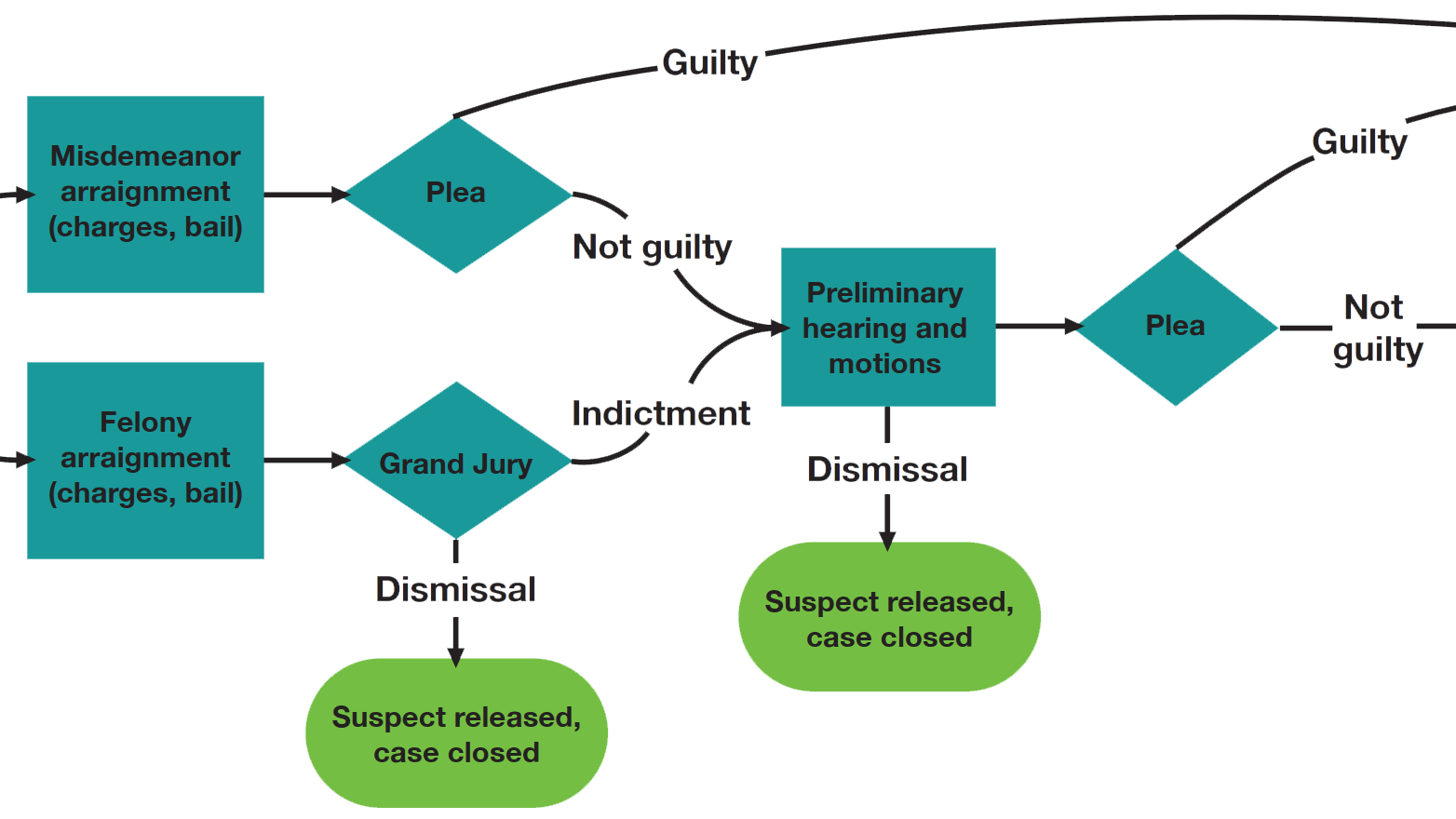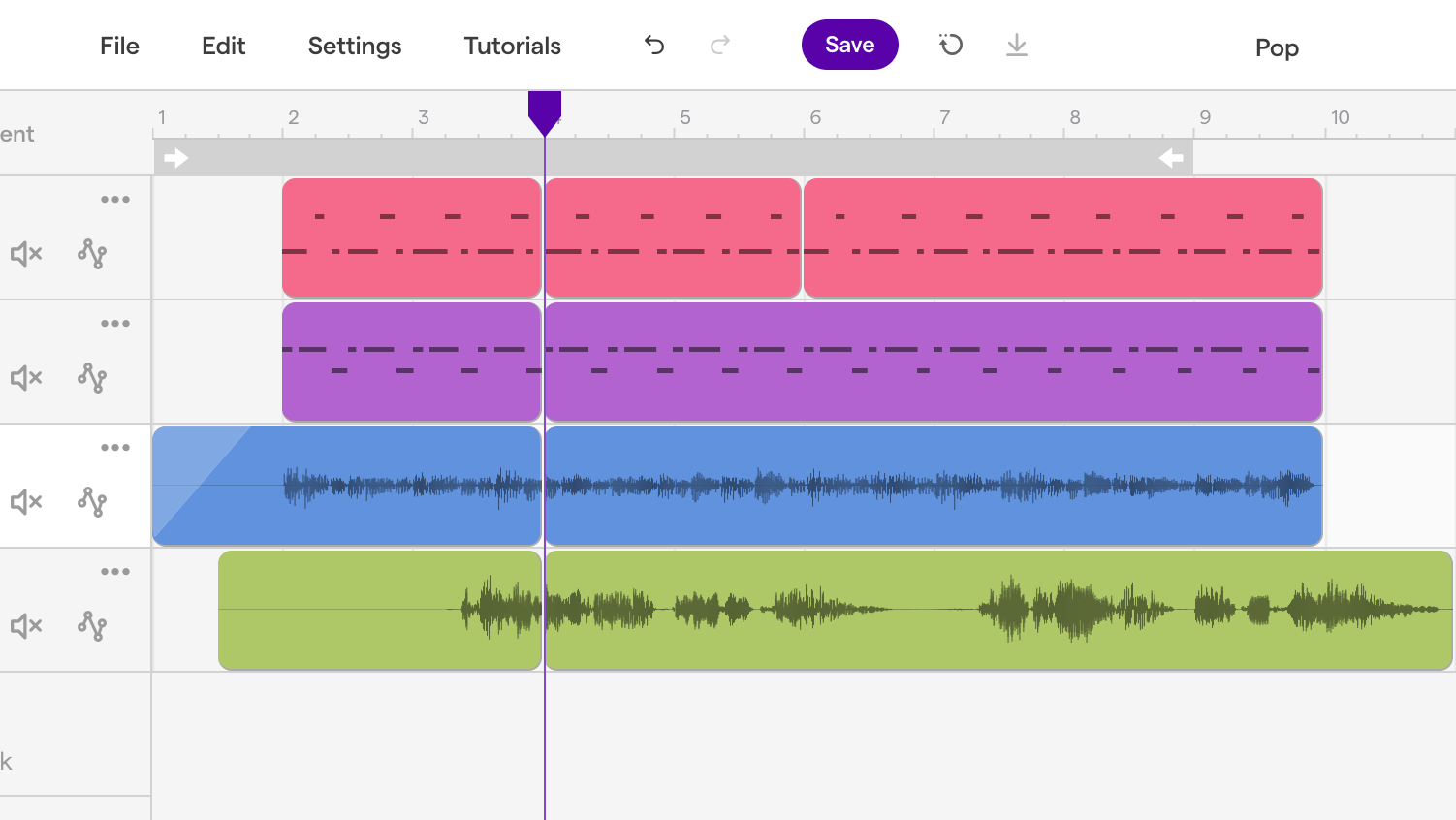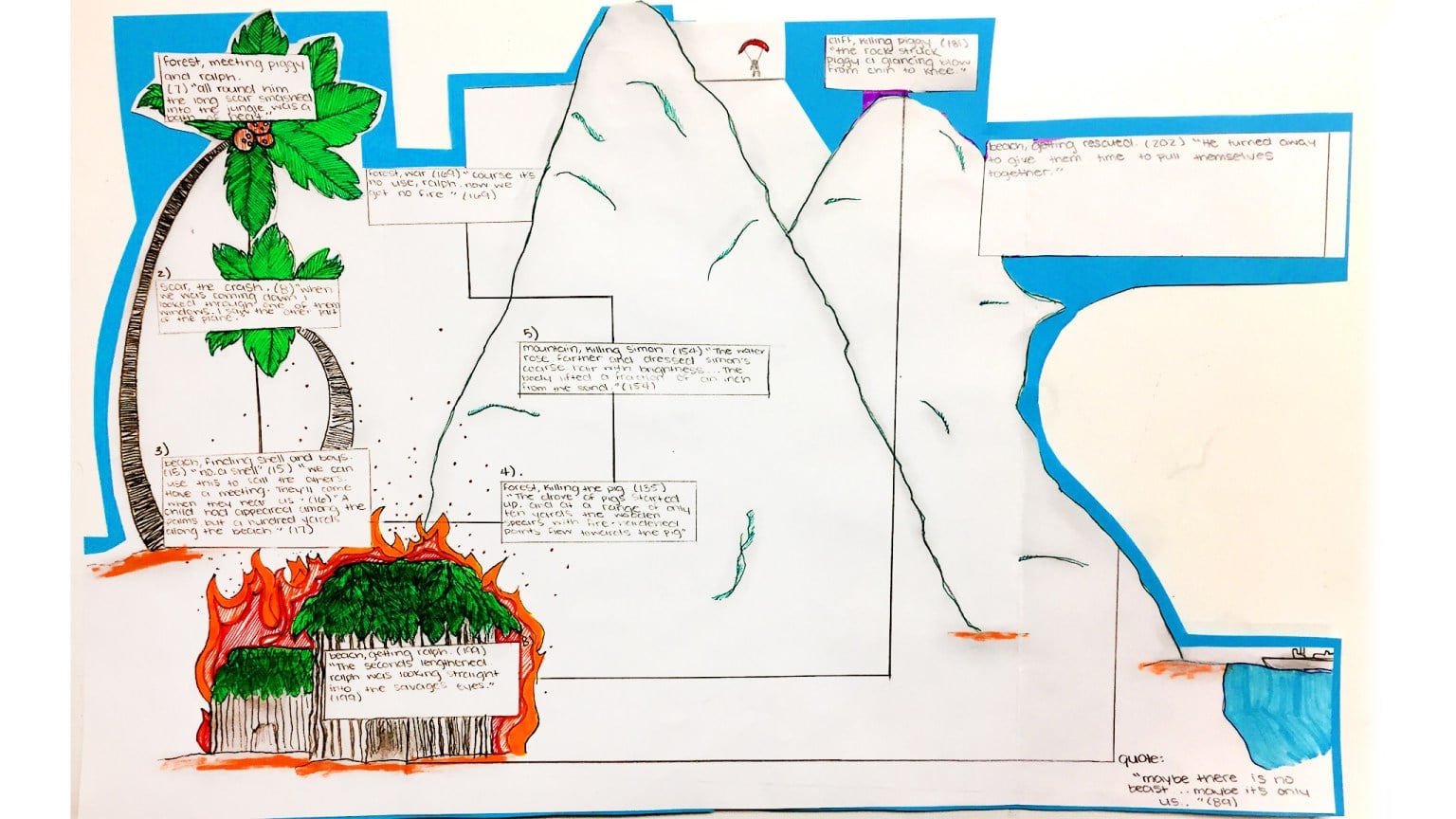Welcome!
Computational thinking means solving hard problems of all kinds using ideas from computer science. These include algorithmic thinking, decomposition, pattern recognition and abstraction, as well as confidence in the face of ambiguity and tenacity to persist through challenges requiring iteration and experimentation.
My computational thinking curriculum is freely provided here for you to incorporate within your own classrooms. You’ll find lessons divided into disciplines along the top of this and every other page. With these lessons and projects, I hope you will encourage your students to grow and flourish as computational thinkers, ready to face the real-world challenges of their generation!
Lessons by subject
Math
Science
Social Studies
ELA
What is computational thinking?
Popularly defined by Jeanette Wing in 2006, computational thinking is a way of solving problems, designing systems and understanding human behavior by drawing on the concepts of computer science. It is the thought processes involved in formulating problems and their solutions so that the solutions are represented in a form that can be effectively carried out by an information-processing agent.
Gerald Sussman offered a strong analogy in 2010’s Report of a Workshop on the Scope and Nature of Computational Thinking, saying, “Scientific thinking is about apples and oranges and how they may be different or the same. Mathematical thinking is about [apples and oranges as] spheres and where they have areas and volume and the fact that they may involve a particularly high number of dimensions. Computational thinking is about how a group of people can cut and share an apple so that each person feels he or she got a fair share of the apple.”
Computational thinking skills include:
- Algorithmic thinking – using a well-defined series of steps to achieve a desired outcome
- Decomposition – tackling a complicated problem by breaking it down into its components and working on pieces one at a time
- Abstraction – stripping away the specifics of a set of problems to find the generic solution that can be used for them all, or representing a complicated system with a simple model or visualization
- Pattern recognition – analyzing trends in data and leveraging that information to inform solutions
Solving problems as a computational thinker also requires some specific attitudes towards problem solving in general. We strive to empower our students with the confidence needed to tackle ambiguous problems, the tenacity to persist through challenges requiring iteration and experimentation, strong communication skills to facilitate collaboration and presentation, and a general curiosity across all disciplines that leads them to asking and answering big, scary questions.
Press
- Edutopia: Computational Thinking Across the Curriculum
- EdSurge: How Data Science Adds Computational Thinking and Fun to Gym Class
- Edutopia: The Flexibility of Computational Thinking
- Scientific American: “Coding for All”: Is It a Smart Goal for Schools?
Acknowledgements
This work was funded by the Paul G. Allen Family Foundation and Green Dot Public Schools.
Contact
Questions? Comments? You can reach me at [email protected].
Privacy
Please find our privacy policy here.
